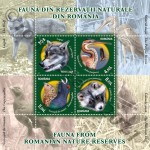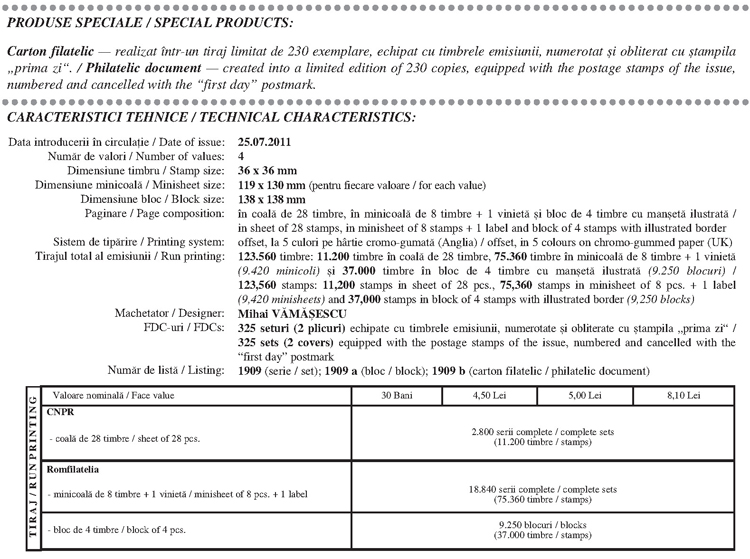 One of the most important concerns of our century is protection of the earthly flora and fauna. Since early 20th century, the nature reserves were established in different parts of the world as a first step in protecting and preserving some habitats and important floral, fauna, geological, forestry natural species, etc.One of the most important concerns of our century is protection of the earthly flora and fauna. Since early 20th century, the nature reserves were established in different parts of the world as a first step in protecting and preserving some habitats and important floral, fauna, geological, forestry natural species, etc.
One of the most important concerns of our century is protection of the earthly flora and fauna. Since early 20th century, the nature reserves were established in different parts of the world as a first step in protecting and preserving some habitats and important floral, fauna, geological, forestry natural species, etc.One of the most important concerns of our century is protection of the earthly flora and fauna. Since early 20th century, the nature reserves were established in different parts of the world as a first step in protecting and preserving some habitats and important floral, fauna, geological, forestry natural species, etc.
In this context, the postage stamps were, at their turn, an effective manner of drawing attention to the major risks of flora and fauna extinction.
Continuing to promote attentive and responsible behaviour for the environment, Romfilatelia resumes the series of projects dedicated to nature preservation introducting into circulation the postage stamps issue “Fauna from Romanian Nature Reserves”.
The postage stamps of this issue illustrate four fauna species protected worldwide, which can also be found on the territory of Romania: the Wolf, the Capercaillie, the Purple Heron and the Raccoon Dog.
The Wolf (Canis lupus) is illustrated on the postage stamp with the face value of lei 0.30.
Its body length may reach 1.5 m and its weight varies from 30 to 50 kg, even to 70 kg. Its fur is grayish-brown.
The wolf has a special significance in the Romanian people’s history: this totemic animal is the symbol of Zamolxis, the supreme God in the Getae-Dacians pantheon. Moreover, their flag bore an animal having a wolf’s head and a snake´s body. For the Romans, the wolf relates to the founding of their people itself – through the well-known legend of the she-wolf who fed Romulus and Remus – Rome founders.
The wolf may even travel 100 km in one night in order to find food and its running speed reaches (and sometimes even exceeds) 60 km/hour. Both its smell and its hearing and sight are very sharp. The wolf feeds on any living being, from rabbits to bear cubs, but also on dogs and mice. It is a species protected by law both in Romania and throughout Europe.
The Purple Heron (Ardea purpurea) is illustrated on the postage stamp with the face value of lei 4.50.
A bird protected by law, the purple heron nests during summertime in the rush-beds from the swamp areas of the Danube Delta. It is smaller than a stork and it is reddish-brown. Its neck is long and thin.
During fall, it migrates to Western Asia and Africa.
The Capercaillie (Tetrao urogallus) is illustrated on the postage stamp with the face value of lei 5.00.
Considered by the hunters to be an enviable trophy, the capercaillie is under threat of extinction because of its excessive hunting. Another reason enhancing the threat of its extinction is the uncontrolled forest clearing. Because of all these factors, this bird is protected by law and declared a “natural monument”.
The capercaillie is a wild bird whose appearance in the nature is very rare. This bird species is part of the pheasant family.
The male can reach a weight of 4-5 kg and has a wingspan of 90 cm, while the female weighs only 2.5 kg, with a wingspan up to 70 cm. The male feathers are dark brown on the back, on the head and on the wings, while on the chest there are metallic green.
The capercaillie lives in the coniferous forests in Austria, Switzerland, Germany, Slovenia, Romania, Scotland and Siberia.
The Raccoon Dog (Nyctereutes procyonoides), illustrated on the postage stamp with the face value of lei 8.10, is, perhaps, the newest animal in our country fauna. It came to Romania from the former USSR in the middle of the 20th century.
It belongs to the Canidae family and is of 60-90 cm long, with a 15-25 cm tail and it weights up to 10 kg. Although it prefers to eat meat, the raccoon dog is an omnivorous animal, feeding also on fruits and water plants. It lives in the Danube meadow and Delta.
Outside Romania, it can be found in Finland, Estonia, Lithuania, Latvia, Ukraine, Byelorussia, Moldova, Poland and, certainly, Russia.
We would like to thank the management of the “Grigore Antipa” National Museum of Natural History, to the administrations of the Piatra Craiului, Calimani and Retezat Natural Parks for the documentary support granted in the accomplishment of this postage stamps issue.
The photographic support required for this postage stamps issue was provided by Cristian Lascu and Mircea Verghelet.
Issue date: 2011-07-25









